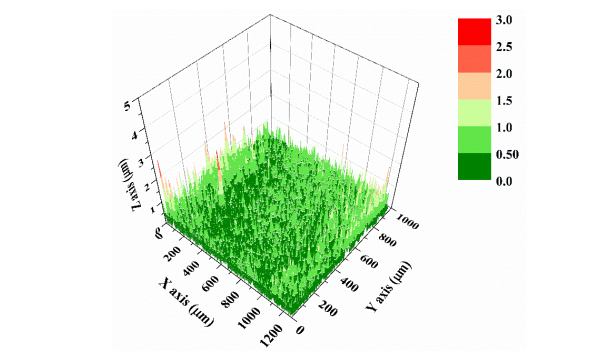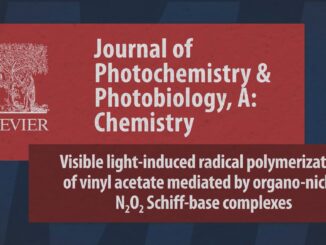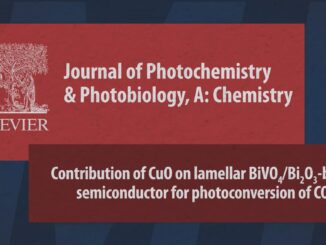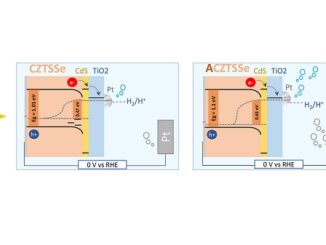
A Tribological Investigation of the Titanium Oxide and Calcium Phosphate Coating Electrochemical Deposited on Titanium
Abstract: Titanium (Ti) and its alloys are widely used in biomedical applications due to their excellent mechanical properties and biocompatibility. However, they are a concern due to the possibility of cytotoxic effects coming from the degradation products. This degradation occurs by the combined action of corrosion and mechanical wear of these materials, which are released in the biological environment by the biomaterial implanted. The present article aims to investigate a new route to improve electrochemical and tribological performance with surface modification. Regarding the deposition of a protective layer on the surface, it consists of titanium oxide (TiO2) and calcium phosphate (CaP). Both coatings were performed by chronoamperometric methods with titanium oxidation at 1 V and calcium phosphate reduction at −1.5 V. The corrosion and tribocorrosion tests demonstrated the effective combination of TiO2 and CaP layer to protect the Ti substrate. Furthermore, this coating combination reduced corrosion degradation and mechanical wear in PBS, simulating a physiological environment. Additionally, it was observed that this combination of coating decreased the dissipated energy, and consequently, the wear decreased during sliding tests. All these findings indicate the protective behavior of the TiO2 and CaP layer during the tribocorrosion tests.
Author(s): Santos, A.; Teixeira, J.; Fonzar, C.; Rangel, E.; Cruz, N.; Lisboa-Filho, P. N.
Metals
Published: 16 February 2023
DOI: https://doi.org/10.3390/met13020410
CDMF
The CDMF, hosted at the Federal University of São Carlos (UFSCar), is one of the Research, Innovation and Dissemination Centers (RIDC) supported by the São Paulo State Research Support Foundation (Fapesp), and also receives investment from the National Council Scientific and Technological Development (CNPq), from the National Institute of Science and Technology of Materials in Nanotechnology (INCTMN).




